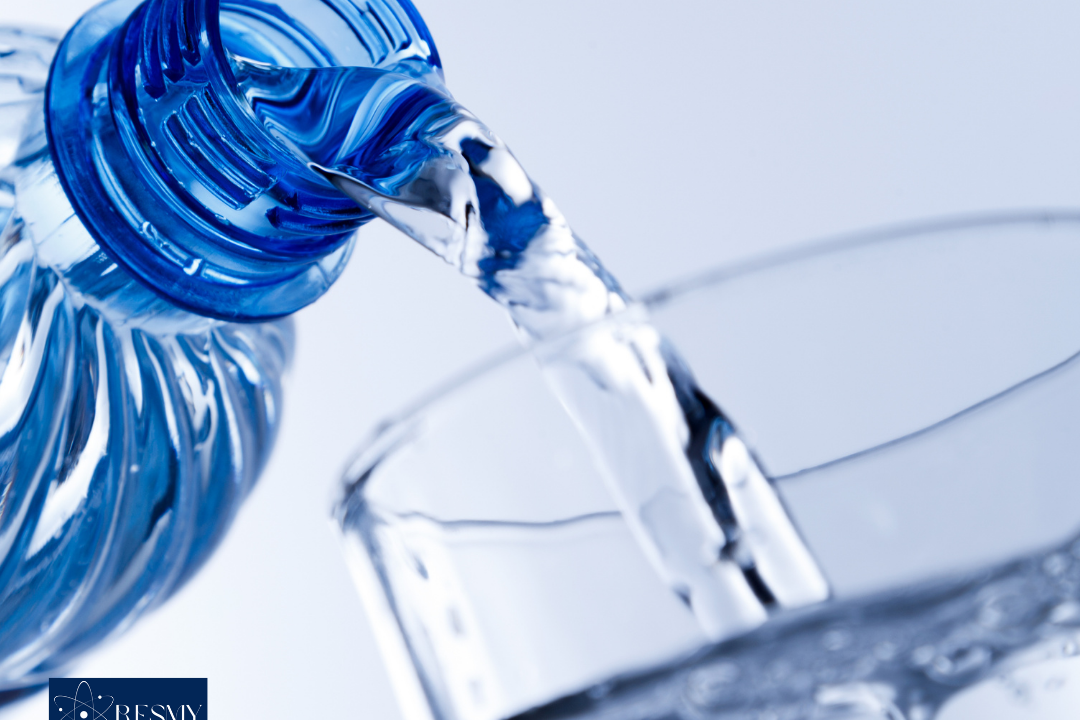In recent years, the combination of endophytic microorganisms and nanoparticles has emerged as a groundbreaking approach for water remediation. This innovative strategy harnesses the synergistic effects of these two elements to enhance the efficiency and sustainability of water purification processes.
Water is a critical resource for life, yet its contamination through industrial, agricultural, and urban activities poses a significant threat to human health, ecosystems, and economies. Traditional water remediation methods often fall short in addressing the complex and diverse nature of pollutants, leading to the exploration of novel techniques. Endophytic microorganisms, which live symbiotically within plant tissues, and nanoparticles, known for their high reactivity and surface area, offer promising avenues for advanced water treatment solutions .
The Role of Endophytic Microorganisms
Endophytic microorganisms inhabit plant tissues without causing any noticeable symptoms or diseases. These microorganisms contribute significantly to water bioremediation by enhancing pollutant degradation and supporting aquatic plant health and resilience. They release bioactive compounds and enzymes that help break down various contaminants, including organic pollutants and heavy metals. The ease of cultivation and rapid growth rates of endophytes make them particularly advantageous for bioremediation purposes .
Endophytes are considered a valuable resource for bioprospecting due to their diverse metabolic capabilities. The estimated one million species of endophytes associated with plants worldwide represent a significant untapped natural resource for developing new biotechnological applications, including water remediation .
Nanoparticles in Water Remediation
Nanoparticles, with their large surface area and unique chemical properties, are powerful tools for enhancing water bioremediation processes. They increase the bioavailability of pollutants, thereby improving the efficiency and rate of degradation. Nanoparticles also facilitate the stabilization of endophytic microorganisms, ensuring their prolonged activity and effectiveness in contaminated environments .
Recent studies have highlighted various types of nanoparticles that can be used in water remediation. For example, iron oxide and titanium dioxide nanoparticles are effective in adsorbing and neutralizing contaminants such as agricultural fertilizers, microplastics, and oil spills. Additionally, the use of magnetic nanoparticles allows for easy separation and recovery after the treatment process, further enhancing the practicality of nanoparticle-based remediation techniques .
Synergistic Effects of Endophytes and Nanoparticles
Combining endophytic microorganisms with nanoparticles creates a synergistic effect that enhances water purification. This approach leverages the complementary capabilities of both components: endophytes degrade organic pollutants while nanoparticles increase pollutant bioavailability and facilitate the degradation process .
For instance, the integration of silver nanoparticles with endophytic bacteria has been shown to achieve joint antimicrobial and catalytic activities, significantly enhancing the overall water treatment process. Similarly, the combination of endophytes with magnetic nanoparticles introduces magnetic responsiveness, allowing for the easy separation of contaminants after treatment .
Case Studies and Applications
Several studies have demonstrated the effectiveness of using endophytes and nanoparticles in water remediation. Ban et al. explored the collaborative use of endophytic bacteria and silver nanoparticles, showcasing significant improvements in pollutant degradation and water purification. Polli et al. investigated the use of magnetic nanoparticles with endophytes, highlighting the ease of separation and enhanced treatment efficiency .
Liosis et al. further examined the use of endophytes with magnetic nanoparticles, emphasizing their magnetic responsiveness for easy separation after water treatment processes. Another study by Sur demonstrated the potential of graphene-based nanoparticles in synergy with endophytic microorganisms, showcasing their effectiveness in pollutant adsorption and removal from water matrices .
Challenges and Future Directions
Despite the promising potential of combining endophytes and nanoparticles for water remediation, several challenges remain. One significant limitation is the slow growth rate of endophytic microorganisms, which hinders the scalability and commercial viability of this approach. Additionally, the long-term environmental and ecological impacts of introducing nanoparticles into water systems need to be carefully evaluated through comprehensive environmental impact assessments and computational models .
Future research should focus on improving the growth rates and stability of endophytic microorganisms, optimizing the synthesis of endophyte-nanoparticle composites, and conducting thorough assessments of their environmental impacts. Addressing these challenges will be crucial for the widespread adoption and success of this innovative water remediation strategy .
Conclusion
Integrating endophytic microorganisms with nanoparticles represents a novel and promising approach to addressing water pollution. This strategy offers several benefits, including increased stability and dispersibility of microorganisms in aqueous environments, enhanced pollutant degradation capabilities, and improved resistance to environmental stressors. However, further research and development are needed to overcome the challenges associated with this approach and to ensure its long-term sustainability and effectiveness .
In summary, the synergistic effects of endophytic microorganisms and nanoparticles hold great potential for advancing water remediation technologies. By leveraging the complementary strengths of these two components, it is possible to develop more efficient, sustainable, and eco-friendly solutions for water purification, addressing one of the most pressing environmental issues of our time .
This comprehensive review of the potential of endophytic microorganisms and nanoparticles for enhanced water remediation highlights the innovative strategies and significant advancements in this field. The combination of these two elements offers a promising path forward for the development of advanced water treatment solutions, contributing to the global goal of ensuring the availability and sustainable management of water resources for current and future generations.
Other Topics: Medicine and Health Science, Natural Science, Agricultural Science, Engineering & Technology, Social Sciences & Humanities

